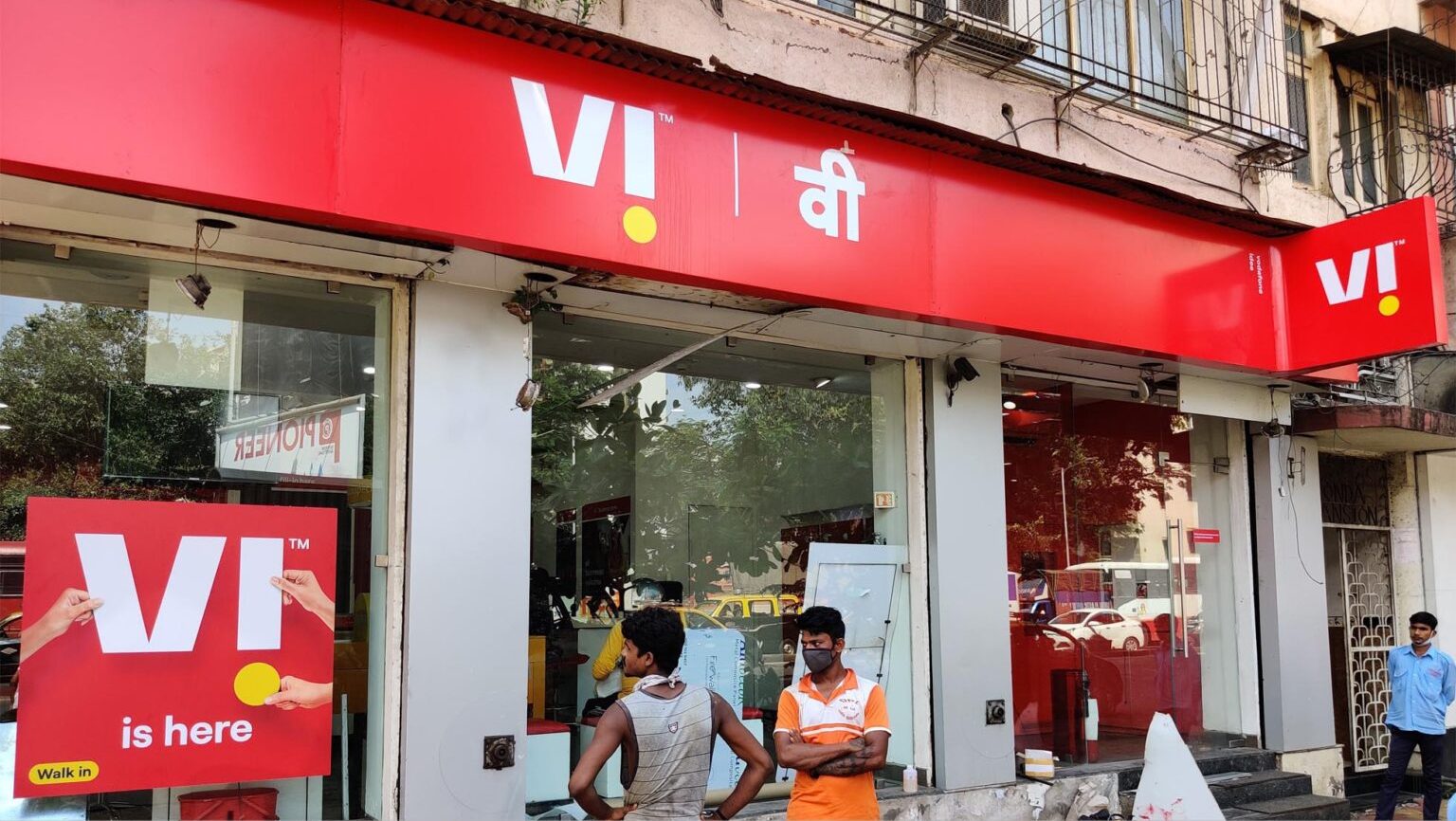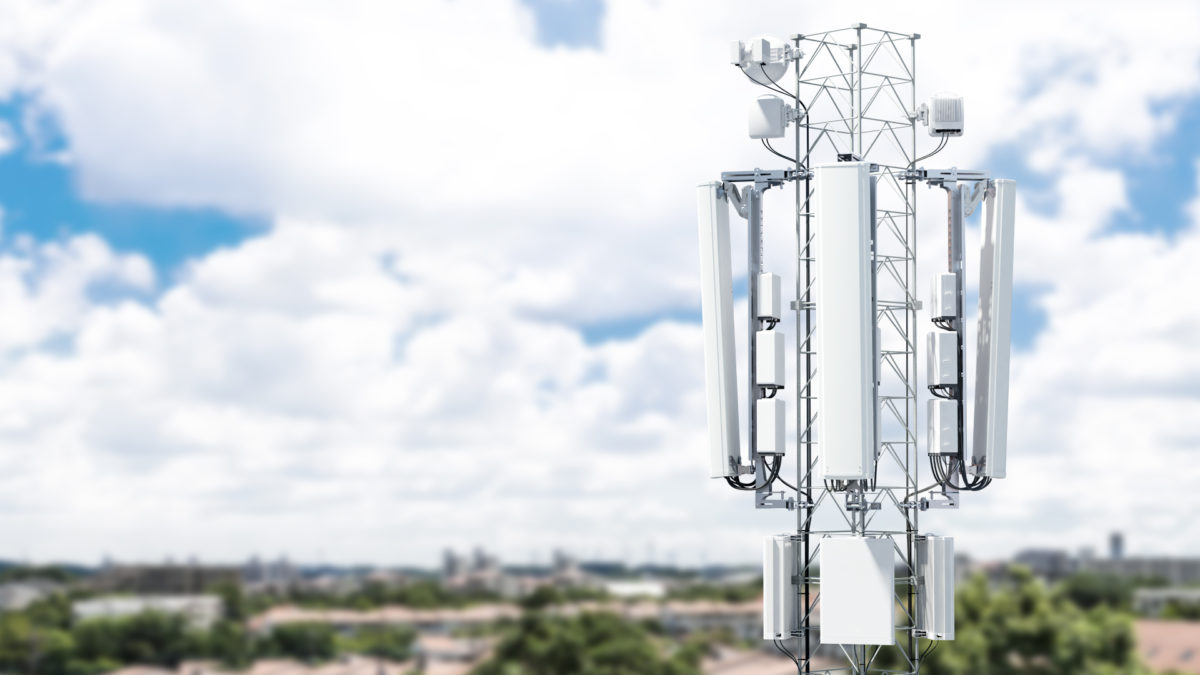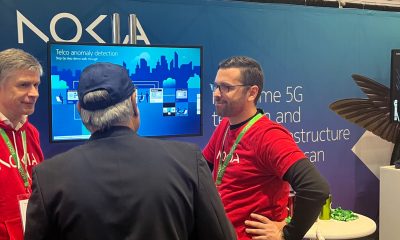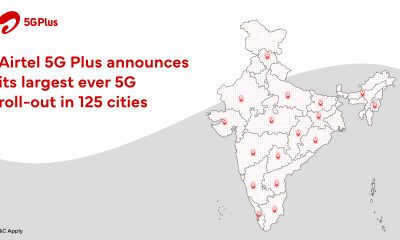4g
Syniverse helps to drive India’s 3,300% YoY boost in outbound 4G LTE roaming

NEW DELHI: New data released today by Syniverse shows that inter-regional 4G LTE roaming traffic from India has grown by a staggering 3,300% year-over-year (YoY). This growth was measured by analyzing global roaming traffic traversing the Syniverse platform.
“Syniverse is proud to have played a pivotal role in driving this quadruple-digit growth in outbound 4G roaming, which demonstrates significant progress toward achieving technological advancement goals in the region while delivering the customer experiences that India’s mobile users demand,” said Himanshu Goel, Vice President and Managing Director, India, Middle East and Africa, Syniverse.
“Helping to drive this growth, the number of 4G LTE devices shipped into India grew 80% in 2017, according to CyberMedia Research. As a result, India is poised for explosive communications growth, as demonstrated by these impressive growth numbers and reinforced through the Digital India initiative as well as the government’s recently launched draft of the National Digital Communications Policy 2018,” he said.
India’s explosive growth in 4G roaming is supported by Syniverse’s platform, including clearing and settlement, and the IPX network that is the global, secure backbone powering the world’s ability to experience LTE by interconnecting 1,000 service providers and 7 billion devices worldwide. This global footprint is critical not only to enabling further 4G proliferation, but also to providing the connectivity foundation necessary for enabling 5G.
“The Syniverse platform that supports LTE growth in India is a critical foundation for ushering in the country’s digital transformation in preparation for next-generation technologies like 5G, Voice over LTE, rich mobile messaging, smart cities, and the internet of things,” Goel said.
“Many of these services will need the security, interconnection, roaming, and interoperability that only an IPX network provides as people and things move around India and the rest of the world. At Syniverse, we look forward to strengthening our presence in India and to supporting initiatives like those in the Digital India program,” he added.
In addition to demonstrating that 4G is growing quickly in India, the Syniverse study also illustrated that more than 70% of the country’s outbound roaming traffic is still traversing legacy network technologies like 3G or even 2G, underscoring that there is still more work to be done.
Specifically, the draft National Digital Communications Policy 2018 aims to accelerate the country’s digital transformation by ensuring that access to high-speed connectivity is universally available. To achieve this goal, the country’s service providers must continue to focus on increasing the global LTE roaming supported by underlying technologies. These include Syniverse’s IPX network, which also will be foundational to enabling interoperability with new technologies like 5G that will connect billions more devices and “things.”
4g
Vi enhances 4G network coverage for its customers in Maharashtra and Goa

NEW DELHI: Leading telecom brand Vi, has enhanced its 4G experience in Maharashtra & Goa enabling its customers get a better network experience and faster speeds. Vi has till now deployed the highly efficient 900MHz spectrum on over 6430 sites as well as 1800 MHz band on over 16450 sites in Maharashtra & Goa, empowering 78 percent population in the two states to enjoy stronger network indoors while they work, study, socialize, access entertainment, ecommerce and other digital services.
In addition, Vi Customers in commercial/residential areas of Pune, Nagpur, Nashik, Aurangabad, Kolhapur, Solapur, Goa and other important towns are experiencing enhanced voice and data experience even indoors in high population pockets of these cities.
Rohit Tandon, Cluster Business Head- Maharashtra & Goa, Vodafone Idea, said “I would like to extend an invitation to pre-paid and post-paid mobile phone users in Maharashtra & Goa to enjoy a superior, upgraded 4G experience on the Vi network. We have undertaken multiple initiatives over the past year to widen our 4G coverage in the circle as well as strengthen indoor network coverage across cities. Vi customers can choose from a bouquet of choice plans that allow every member of the family to do more and get more on Vi’s 4G network. As we continue our endeavours toward 5G readiness, we remain committed to bring the best in technology, products and services to enable our customers get ahead in life.”
2g
India approves upgradation of 2G mobile sites to 4G at security sites in LWE areas

NEW DELHI: The Union Cabinet chaired by the Prime Minister Narendra Modi has approved a Universal Service Obligation Fund (USOF) project for upgrading 2G mobile services to 4G at security sites in Left Wing Extremism (LWE) areas
The Project envisages upgrading2,343 left Wing Extremism Phase-I sites from 2G to 4G mobile services at an estimated cost of Rs.1,884.59 crore (Excluding taxes and levies). This includes O&M for five years. However, BSNL will maintain the sites for another five years at its own cost. The work will be awarded to BSNL because these sites belong to BSNL.
The Cabinet also approved funding of operations and maintenance cost of LWE Phase-I 2G sites by BSNL for an extended period beyond the contractual period of five years at an estimated cost of Rs.541.80 crore. The extension will be up to 12 months from the date of approval by the Cabinet or commissioning of 4G sites, whichever is earlier.
Government chose BSNL for a prestigious project to indigenous 4G telecom equipment so as to achieve self-reliance in the telecom gear segment to fulfil domestic market needs apart from exporting to other markets. This 4G equipment will be deployed in this project also.
The upgradation will enable better internet and data services in these LSW areas. It meets the requirements of Ministry of Home Affairs and the state governments. It shall also fulfil the communication needs of the security personnel deployed in these areas. The proposal is in line with the goal of providing mobile connectivity in rural areas. In addition, delivery of various e-governance services, banking services, tele-medicine; tele-education etc. through mobile broadband shall be possible in these areas.
4g
Jio’s IAX and IEX projects to address region’s data revolution

NEW DELHI: Reliance Jio Infocomm Ltd. (Jio), India’s leading 4G and mobile broadband digital service provider, is constructing the largest international submarine cable system centered on India. Jio, in conjunction with several key global partners and world-class submarine cable supplier SubCom, is currently deploying two next generation cables to support the extraordinary growth in data demand across the region.
The India-Asia-Xpress (IAX) system connects India eastbound to Singapore and beyond, while the India-Europe-Xpress (IEX) system connects India westbound to the Middle East and Europe. The systems will seamlessly interconnect as well as connect to the world’s top interexchange points and content hubs for extension of service globally. IAX and IEX will enhance the ability for consumer and enterprise users to access content and cloud services in and out of India.
For the first time in the history of fiber optic submarine telecommunications, these systems place India at the center of the international network map, recognizing India’s increased importance, staggering growth, and the quantum shift in data use since the launch of Jio services in 2016.
These high capacity and high-speed systems will provide more than 200Tbps of capacity spanning over 16,000 kilometers. Employing open system technology and the latest wavelength switched RoADM/branching units ensures rapid upgrade deployment and the ultimate flexibility to add/drop waves across multiple locations.
“Jio is at the forefront of India’s explosive growth in digital services and data consumption. To meet the demands of Streaming Video, Remote Workforce, 5G, IoT, and beyond, Jio is taking a leadership role in the construction of the first of its kind, India-centric IAX and IEX subsea systems,” said Mathew Oommen, President, Reliance Jio.
“Implementing these critical initiatives in the shadow of a global pandemic is a challenge, but the ongoing pandemic has only accelerated the digital transformation and the necessity of high-performance global connectivity for the delivery of a richer experience to enterprises and consumers,” he added.
The IAX system connects India, the world’s fastest growing economy, to Asia Pacific markets with express connectivity from Mumbai and Chennai to Thailand, Malaysia, and Singapore. The IEX system extends India’s connectivity to Italy, landing in Savona, and additional landings in the Middle East and North Africa.
Apart from the seamless connection of the IAX and IEX sub-sea systems, the two systems are also connected to the Reliance Jio Global Fiber Network beyond Asia Pacific and Europe, connecting to both the east and west coast of the USA. IAX is expected to be ready for service mid-2023, while IEX will be ready for service in early 2024.


















